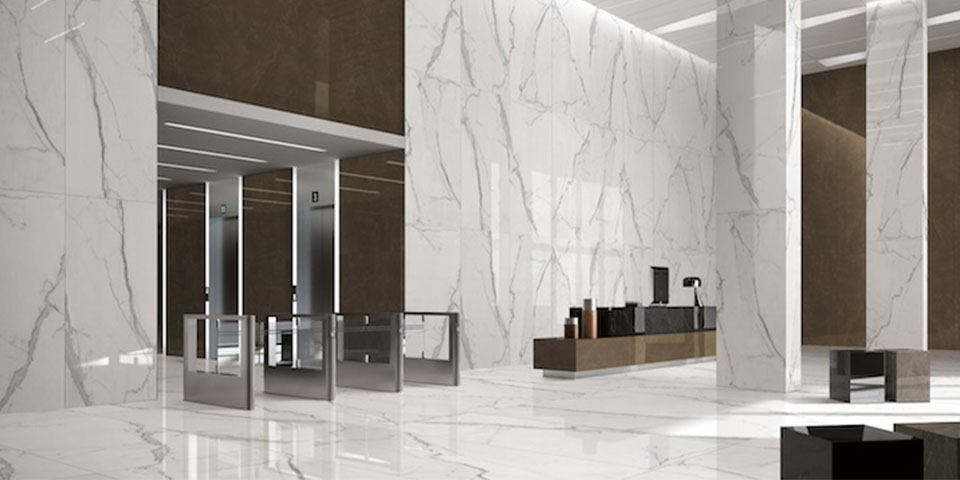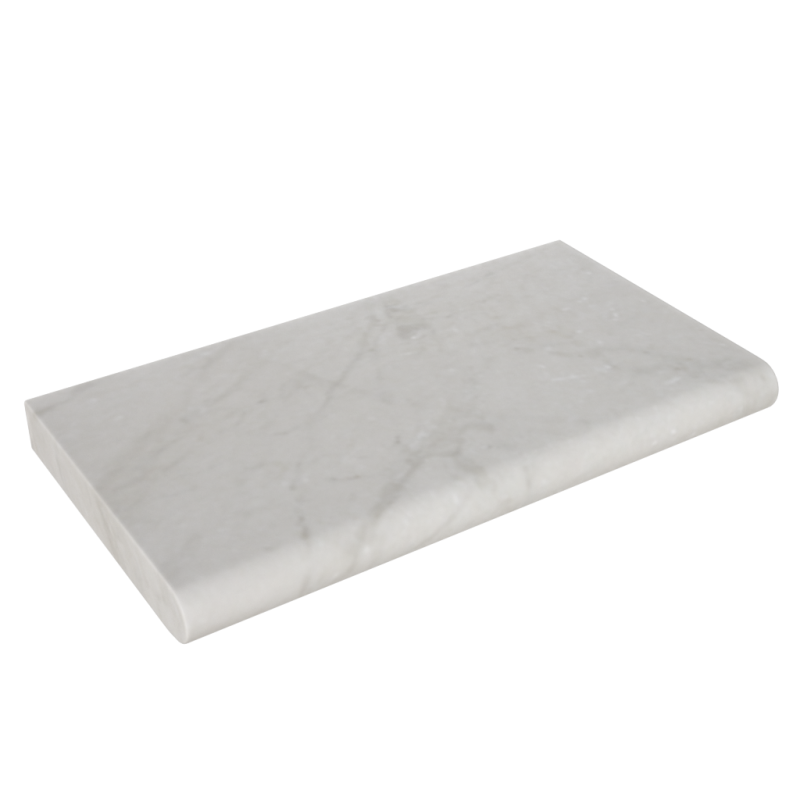Buying a marble slab for your home or office is more than just a transaction; it’s an investment in aesthetics, functionality, and long-term value. A marble slab can significantly elevate the visual appeal of a space, offering an exquisite blend of natural beauty and understated elegance. Whether you are new to the world of marble or an experienced buyer, navigating through the myriad options can be a bit overwhelming. That’s where this guide comes in. Get ready to explore the labyrinth of “The Different Types of Marble Slabs: A Buyer’s Guide,” and make an informed decision like never before!

This article may interest you Marble or Granite for kitchen countertops
The Different Types of Marble Slabs: A Buyer’s Guide
The types of marble slabs available on the market are as diverse as they are beautiful. Each type has its unique characteristics, and understanding them is crucial to making a wise choice. Let’s break down the basics.
Marble Basics: What You Need to Know
Marble is a metamorphic rock formed when limestone is subjected to high heat and pressure. It’s mainly composed of calcite and can include other minerals like mica, quartz, and pyrite. This composition plays a vital role in determining the marble’s color, texture, and veining. Some popular choices are Carrara, Calacatta, and Emperador, each distinguished by their unique patterns and tones.
Italian Marble: The Cream of the Crop
Italian marble is renowned for its high quality and luxurious feel. Carrara and Calacatta marbles, hailing from the Carrara region in Italy, are considered the epitome of elegance. These marbles are perfect for creating breathtaking countertops, flooring, and wall tiles. While both look similar, Calacatta is rarer and has thicker, more dramatic veining compared to the finer, grey veining found in Carrara.
Greek Marble: An Underrated Gem
Greek marble may not be as famous as its Italian counterparts, but it’s no less beautiful. The white Thassos marble is one of the purest marbles available, and it’s a highly sought-after material for minimalistic interior designs. Another beautiful option is the Volakas marble, known for its delicate grey veining on a light background.
Indian Marble: Rich in Colors and Patterns
Indian marble offers a diverse range of options with intricate patterns and a spectrum of colors. The Green Onyx and Rainforest Brown marbles are particularly striking. These Indian varieties offer an exotic twist to the conventional marble finishes and are perfect for people who want something out of the ordinary.
Marble Finishes: From Polished to Honed
Marble can be finished in multiple ways, affecting its appearance and functionality. Polished marble is shiny and reflective, adding a touch of glamour to your space. Honed marble, on the other hand, has a more natural, matte finish that is less prone to showing scratches.

Factors to Consider: Budget and Usage
When selecting a marble slab, it’s important to consider your budget and how you intend to use the marble. Some types are more expensive than others, and not all marbles are suitable for all applications. For instance, some softer marbles may not be ideal for high-traffic areas like kitchen floors.
Pros and Cons of Marble Slabs
While marble is undeniably beautiful, it does have its drawbacks. It’s susceptible to staining and scratching and requires regular maintenance. On the flip side, no other material can match the luxury and sophistication that marble brings to a room.
DIY or Professional Installation?
Whether to opt for DIY installation or hire a professional is a decision you shouldn’t take lightly. While doing it yourself can save money, improper installation can lead to a host of issues. It’s best to consult professionals for tasks that require precision and expertise.
Marble Slabs in Modern Interior Design
Marble has a timeless appeal that makes it a popular choice in modern interior design. Its versatility means it can fit into various design themes, from minimalist to rustic.
How to Care for Your Marble
Regular maintenance is key to preserving the beauty of your marble. It’s recommended to clean spills immediately and use coasters to prevent stains. Sealants can also help in making the marble more resistant to damage.
Marble Alternatives: What are Your Options?
If marble doesn’t fit into your budget or lifestyle, there are alternatives like quartz and granite that offer their own set of benefits. However, it’s important to note that these alternatives cannot fully replicate the natural beauty of marble.
Frequently Asked Questions
What is the difference between Carrara and Calacatta marble?
Carrara has finer, grey veining whereas Calacatta has thicker, more dramatic veining.
How do I maintain a marble surface?
Clean spills immediately, use coasters, and consider using a sealant for added protection.
Is marble suitable for kitchen countertops?
Yes, but it requires regular maintenance to prevent staining and scratching.
How do I choose the right type of marble?
Consider factors like budget, intended usage, and personal aesthetic preferences.
Can I install marble slabs myself?
While it’s possible, professional installation is recommended for best results.
Are there affordable alternatives to marble?
Yes, quartz and granite are popular alternatives, but they don’t fully capture the natural beauty of marble.
Conclusion
Marble slabs are an investment in elegance, durability, and timeless beauty. By considering factors like type, origin, finish, and budget, you can make an informed decision tailored to your needs. Whether it’s the luxurious Italian Carrara or the exotic Indian Onyx, the world of marble offers a wealth of options to explore. Happy marble hunting!

